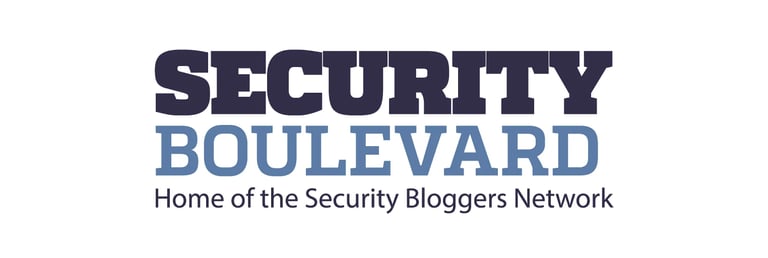Global Report Warns of Critical Security Gaps in Microsoft Active Directory; Urges Identity-First Strategies
November 21, 2024
A recent global cybersecurity report, released in September 2024 by agencies from Australia, Canada, New Zealand, the U.K., and the U.S., identifies 17 attack techniques targeting Microsoft Active Directory (AD) and emphasizes the need for organizations to enhance their security measures.
Given that AD is critical for identity and access management, it has become a prime target for cybercriminals, as highlighted by high-profile ransomware attacks from groups like Storm-0501 and Conti.
The report stresses the importance of unified identity monitoring, particularly as modern environments involve synchronization between on-premises AD and cloud services, which can create vulnerabilities across both domains.
To ensure a holistic identity security strategy, organizations must address both on-premises AD and its cloud counterpart, Entra ID, adopting continuous, identity-first security practices.
Securing Entra ID is as crucial as protecting on-premises AD, as attackers frequently exploit gaps between these systems to maximize their impact.
To operationalize a robust identity security strategy, organizations are recommended to implement five actionable steps: continuous monitoring, automated risk-based prioritization, enforcing least-privilege access, adopting a preventive mindset, and ensuring unified security operations across the enterprise.
Continuous monitoring is vital in dynamic AD environments; organizations should implement real-time alerts for changes and detect risky combinations of permissions.
Automated risk-based prioritization allows organizations to focus their resources on the most critical vulnerabilities, tailoring their efforts based on specific infrastructure risks.
Enforcing least-privilege access is essential to mitigate the risk of privilege creep, which can lead to unauthorized access and lateral movement within systems.
A preventive mindset involves proactively identifying indicators of exposure (IoE) to address vulnerabilities before they can be exploited by attackers.
To enhance security, organizations should enable unified monitoring tools, set up automated threat alerts, regularly audit permissions, and enforce multi-factor authentication (MFA) and conditional access for high-privilege accounts.
The report underscores the necessity of modernizing security approaches to counter evolving attack techniques that exploit AD's connections with cloud services and SaaS applications.
Summary based on 2 sources
Get a daily email with more Tech stories
Sources

Security Boulevard • Nov 21, 2024
Active Directory Under Attack: Five Eyes Guidance Targets Crucial Security Gaps
Security Boulevard • Nov 21, 2024
Five Cyber Agencies Sound Alarm About Active Directory Attacks: Beyond the Basics